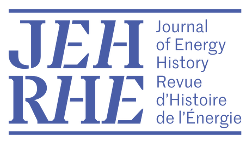What a housewife should know: popularising electric devices in the Barcelona of the nineteen-thirties
In the advanced countries, the electrification of houses was one step further in the wave of modernization resulting from the sudden arrival of electricity in all areas of daily life at the beginning of the 1930s.
